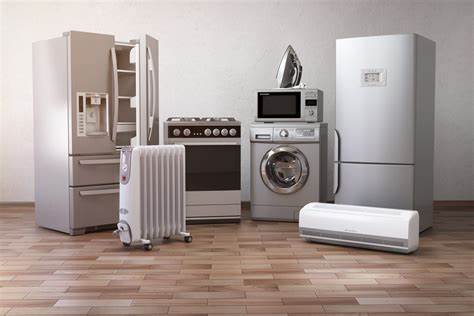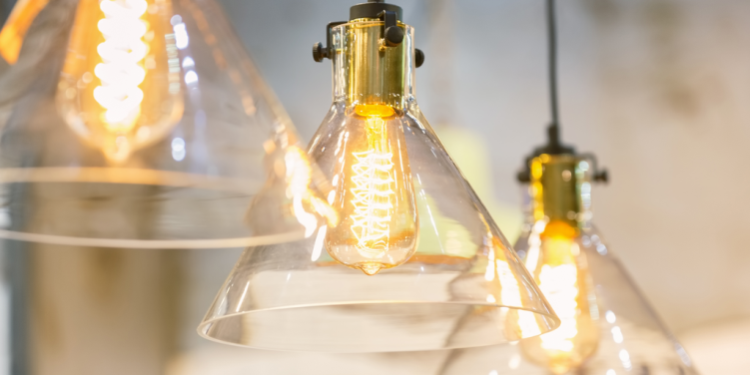Electricity is a utility without which we can’t imagine daily living. We regularly use it and pay it to our chosen provider every month. For most households in Norway, the electricity bill is a significant item in the budget, not only because of the high rate per kilowatt hour but also because of consumption.
Almost all the devices we use in the house use electricity. We often forget about some, especially if they are running all the time or set on standby (see the list of “energy vampires” on this source), such as air conditioners, pool filters, or water heaters. Most of these appliances waste energy even when turned off but still plugged into the outlet.
Considering that electricity is a perk that makes lives much easier, we don’t want and can’t give it up. But it’s almost evident that electricity prices will go up, so as the energy bills. Luckily, you can do many things to keep these costs under control. These aren’t big sacrifices but rather wise moves and smart investments that pay off quickly.
How to Save Money on Your Energy Bills
The price of energy and its supply are affected by numerous factors and changes at the global level. That’s why authorities and the government give general tips on saving energy and preventing supply issues. You don’t have to follow them, but your common sense probably tells you it’s a good idea. Adopting some good consumer habits can bring many benefits and significant savings.
Follow Electricity Usage

The first step towards energy saving is to find “leaks,” i.e., problematic items that consume too much electricity and don’t provide adequate output. Then you should look for ways to optimize your consumption without compromising comfort and safety.
For starters, you should follow your energy usage for a while. You can easily do this by comparing several monthly bills in a row. Still, keep in mind different consumption habits during the winter, transition, and summer months. So, to get more relevant insight, you should also compare bills for the same months in two consecutive years.
Another way to monitor energy usage before taking steps to its savings is to install a consumption monitor or electricity meter. These gadgets help you measure the consumption of individual devices but also the entire home in a certain period. In Norway, electricity meters are mandatory in households because information on energy usage is one of the key factors for determining the kWh price.
Look for Cheap Electricity Suppliers
If you live in Norway, you know that homeowners have the option of choosing an electricity provider. Their services are a significant item on your energy bill, so choosing the most affordable provider can significantly reduce this cost. So use your freedom to shop around for favorable electricity plans.
There are many reasons not to be happy with your current electricity supplier. Poor service quality and high kWh rates are among the most important. You’re free to switch suppliers, but before that, you should research the market and offers. Don’t forget about the current plan and its terms, as it might contain a clause on paying fees for early contract termination.
For instance, if you currently have a variable contract, you may want to switch to a fixed contract. Or, if you already have a fixed plan, you may want to replace it with a cheaper one, which is a good move if electricity rates are falling. You can check bestestrøm.no/ to see what options you have.
Before switching suppliers, it’s worth negotiating better plan terms with the current electricity provider. Maybe there’s a chance to get some discount as a loyal customer. If not, proceed with the search.
Keep an Eye on Peak Hours

Electricity prices fluctuate daily, and often these changes are noticeable from hour to hour. You are probably aware that there are day and night tariffs – one price is per kWh during peak hours, and the other is during off-peak times. This is where you have a great chance to save. Simply put, turn on large appliances such as dishwashers, washing machines, ovens, or tumble dryers during off-peak hours.
At first, it may be hard for you to adhere to this schedule, but if you stay up late at night or wake up early (most often, the off-peak tariff is usually from 9 or 10 PM to 5 or 6 AM), why not take advantage of that time? Early in the morning and late in the evening, demand for electricity drops, which is the reason for lower rates in these periods.
If you manage to organize household chores such as washing clothes and dishes or cooking during this time, the savings on monthly bills can be significant. You also use eco-washing programs at low temperatures and always load the machine as stated to make extra savings.
Check Your Appliances
Energy consumption for electronic devices in the household is the most significant item on your bill. Still, there is plenty of room for savings. Correct use and regular servicing contribute to the appliance efficiency and more optimal electricity use.
Each device can be set to optimally use electricity without affecting your habits too much. For example, if you drop the temperature of the water heater by only 10 degrees Celsius, you will hardly notice the difference while taking a shower. Still, your monthly bill will drop by 5 to 10%.
All home appliances have a lifespan that can be longer or shorter, depending on how you maintain them. Over time, devices such as air conditioners and water heaters won’t provide desired output for the energy they use. Simply put, you’ll still pay high energy bills, but your rooms won’t be properly cooled/heated, or you’ll shower with lukewarm water.
Regular servicing and repairs will extend the appliances’ lifespans but also enable more optimal use of energy. You should do this as long as the repair cost is lower than the savings it brings. At some point, that will no longer be possible, which means it’s time to replace the device.
Invest in Energy-Efficient Appliances

You should replace your home appliances when they are beyond repair but also when their use has become unprofitable. Technology develops at a full speed, and manufacturers constantly upgrade their appliances to be energy efficient and economical.
At first, buying energy-saving devices may seem like a huge expense, but these will bring significant savings to your utility bills. Washing machines, dishwashers, water heaters, and all major consumers in your household have come so far recently. In fact, some use up to 50% less energy than older models and are equally or more efficient.
Another good thing about energy-saving devices is that they implement smart gadgets that bring additional savings. For example, many devices have power strips (gadgets that cut off your appliance as soon as you don’t use it), thermostats, and timers, which enable optimal energy consumption and reduction of its waste.
Good, Old Insulation
Any insulation is better than none. This project doesn’t have to cost you a lot. If you’re on a tight budget, start with insulation of the water heater, radiators, and pipes and draft-proofing doors, windows, and vents. That way, you’ll stop significant energy waste.
Insulating the attic or outer walls is a more significant investment but quite a wise move. A vast amount of the heat gets out this way. By adding a layer or two of fiberglass or mineral wool to a broader area of your home, you can make it cozier, energy-efficient, and more valuable.
In uncertain times, keeping utility costs under control is important. Since electricity is a significant expense in Norway households, savings in this field can benefit your budget. By changing certain habits and investing in energy saving devices, you can enjoy cheap electricity without compromising your own comfort.





